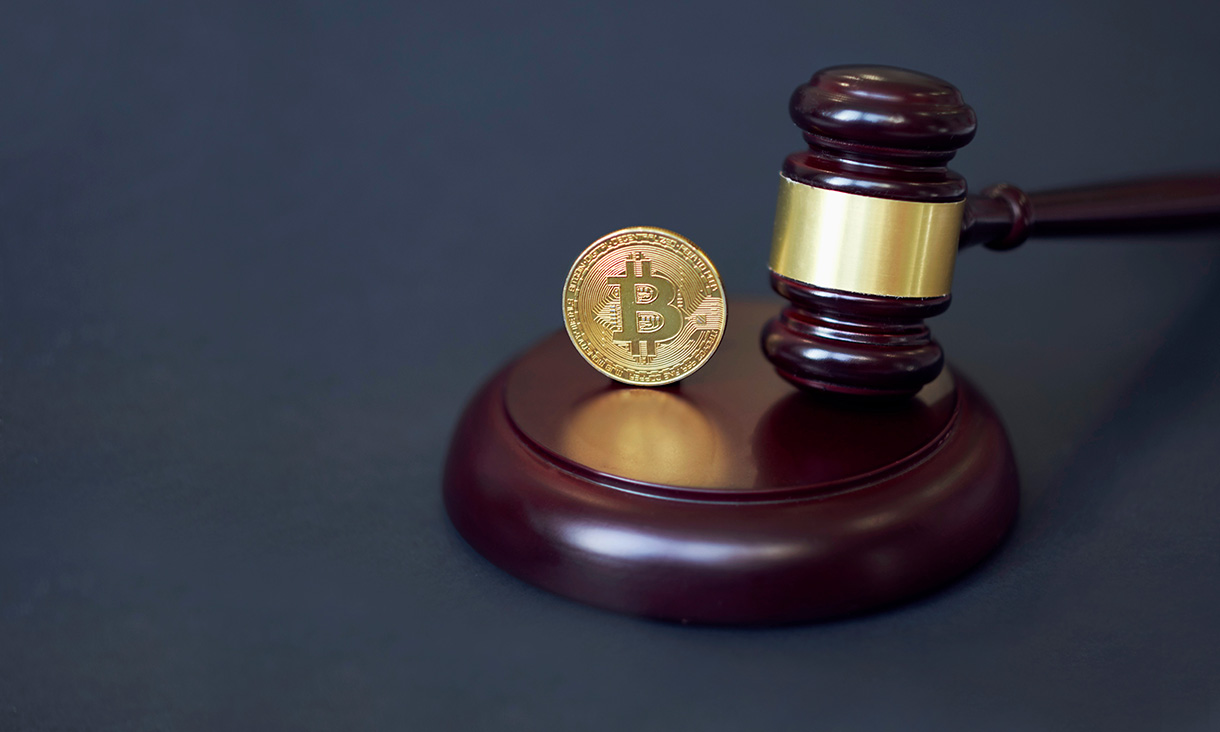“There is no hierarchy” in human rights: ALRC President examines what happens when human rights interact
Justice Mordy Bromberg, the President of the Australian Law Reform Commission, delivered the 2024 Higinbotham Lecture, focusing on the recent ALRC inquiry into anti-discrimination laws.
First national study on intimate partner violence among young people aims to turn the tide
An Australian-first study on young people’s use of violence towards intimate partners is seeking a new approach to interventions and support for victims and perpetrators, as experts warn of gaps undermining existing efforts.
Experts say Australia is not equipped to keep at-risk families safe during a crisis: report
Australia must improve its front-line social services responses to reduce the impacts of large-scale disasters on vulnerable groups, according to a report released by Family Safety Victoria.
Cryptocurrency Crime Means Harsher Time
Using cryptocurrency to commit a crime leads to a harsher sentence, according to a new study by RMIT University researchers.





